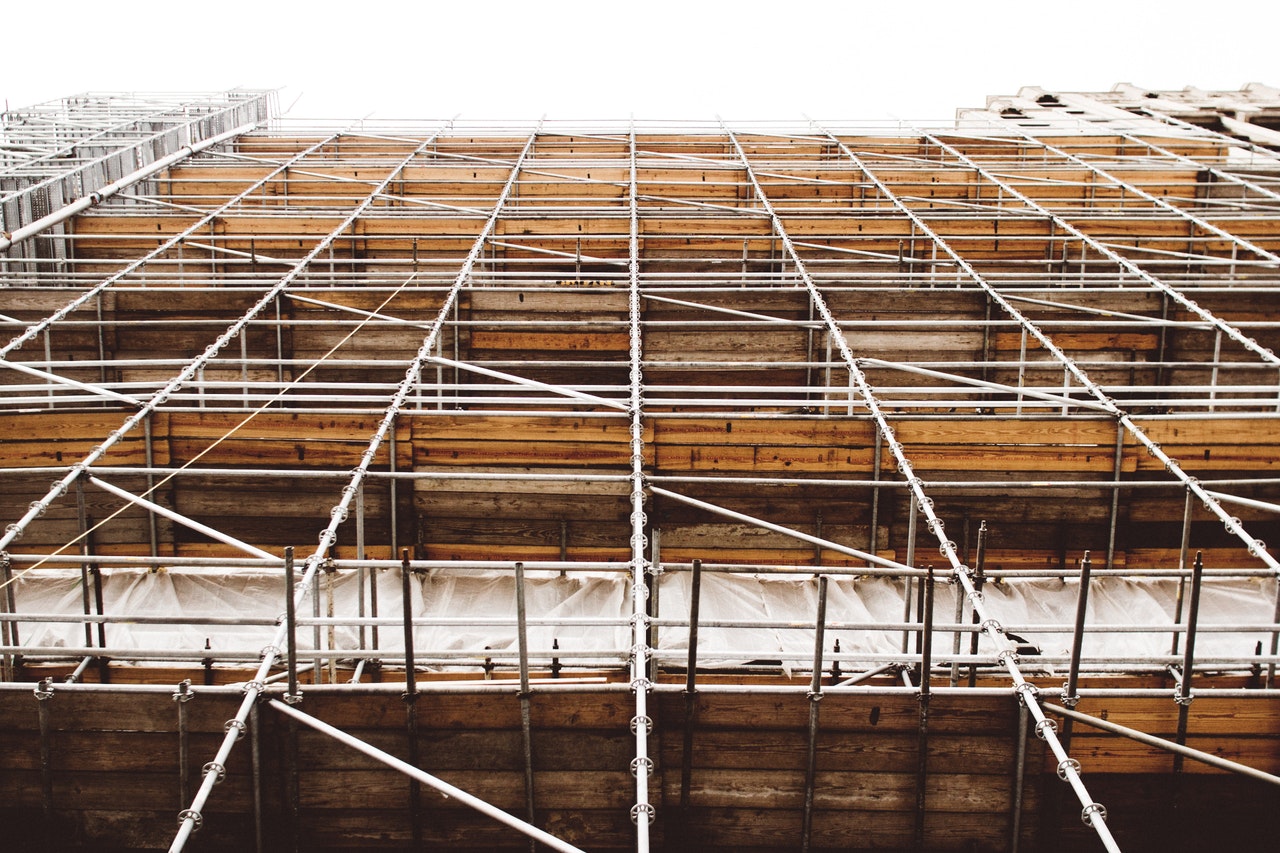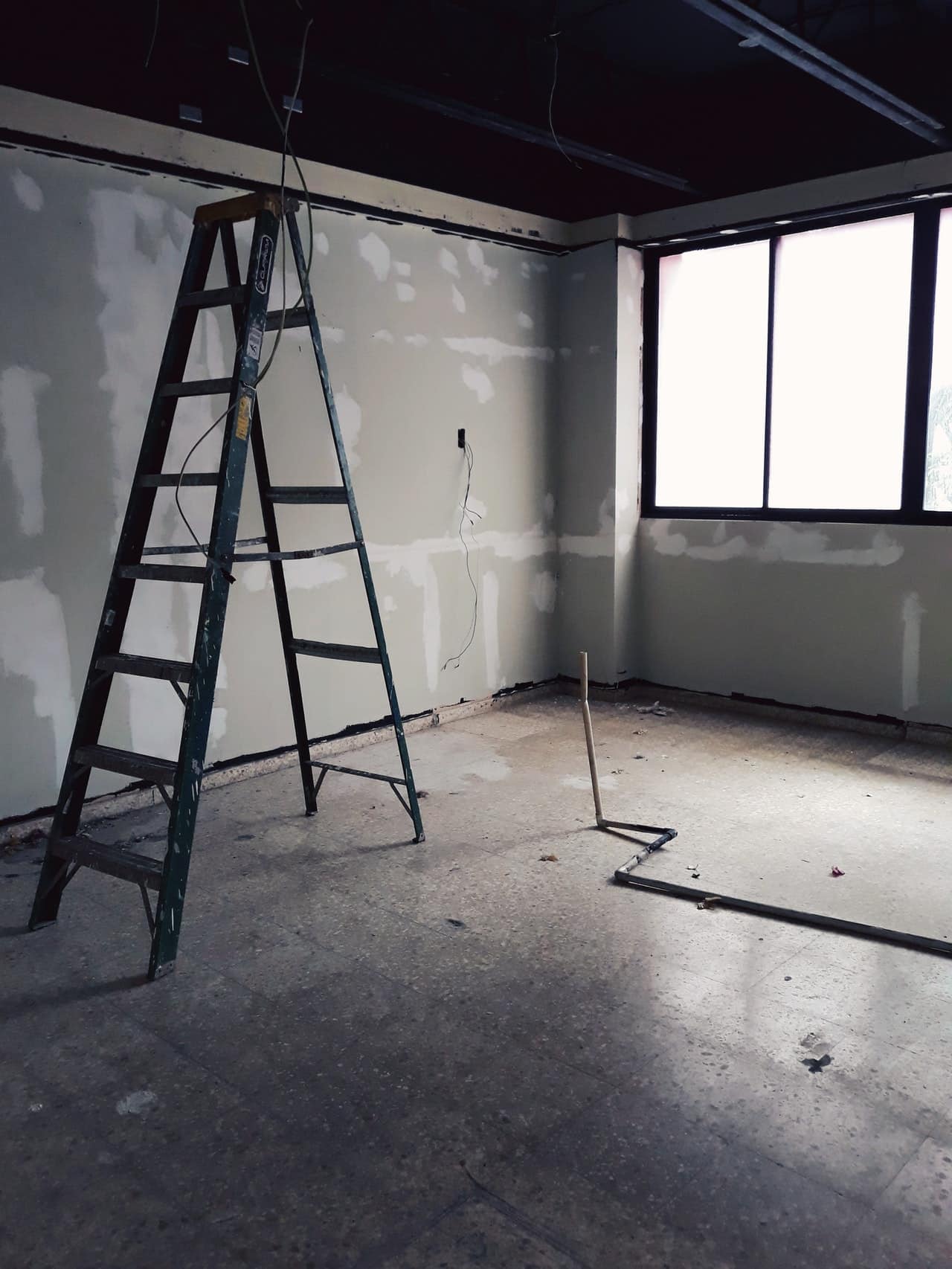Complying with health and safety regulations and at the same time keeping your workers safe is among the most important priorities for any type of job no matter the industry you are in. If you take shortcuts, you may be courting accident, the results of which can be devastating. In the worst-case scenario, a poorly set up work platform can lead to injuries or even loss of lives. This can lead to long-drawn legal battles that can damage the image and financial base of your company.
The best way to avert the risk of dangers is by providing the right equipment for your workers to use for certain specific tasks. You can greatly minimize workplace risks by choosing the right kinds of access equipment. Also, keeping them up to date and well-maintained can be the difference between life and death.
IMAGE: PEXELS
1. Use Strong Railings
When you work at height, a small misstep is enough to cause a serious injury. For that reason, you should ensure that the access equipment you are using has guard rails to protect you in situations like these.
Railings offer a passive kind of protection, a term used to refer to safety systems that can be used without necessarily requiring human intervention.
Although they can no doubt keep you safe, it won’t be possible if the work platform has weak railings. When buying or hiring access equipment, make sure that you choose one that has strong railings. This way, you will be able to prevent freak accidents and ensure safety.
2. Get The Right Equipment
Choosing the right access equipment is vital not least because it ensures your employees’ safety, but also because it boosts the efficiency at which they accomplish the job at hand. Access equipment is designed keeping safety in mind. However, some tend to be meant for specific tasks only and are likely to be safer.
For instance, choosing a ladder that is either too short or too long won’t just slow down your workers, but it also presents unnecessary safety risks that are otherwise highly preventable.
One way to ensure the safety of your equipment is to read the manufacturer’s manual to know how to use the device and any restrictions that it has.
3. Frequent Inspection
There is no doubt that access equipment is constructed with robust materials that make them durable. However, it can’t hurt to do a quick inspection before you use the work platform. It may seem like an unimportant routine, but the truth of the matter is that it is potentially life-saving.
Ladders and access platforms meant for construction are made to be durable. Still, they are not immune to damage from overuse, corrosion, and overloads. Therefore, next time you have people that need to work on access platforms for your construction job, check doubly to ensure that it is sufficiently safe.
In case you spot anything wrong, don’t use it until an engineer has checked it and passed it fit for construction use.
4. Focus On One Task At A Time
As with any construction work, multi-tasking is a no-no because of how delicate the work is. It’s best to give maximum attention to one task at a time to ensure you are as efficient as possible. While you may be tempted to multitask, it can cause errors in judgment.
Additionally, when you do several things simultaneously, you risk tiring out much sooner. Stress and fatigue can affect your mind negatively, and it can also cause misjudgments, which in turn can cause freak accidents.
5. Ensure Proper Training
The role of access equipment might appear easy enough to grasp, but in reality, it’s never as easy as it appears. The purpose and design are simple, but the equipment is meant for intensive and high-workload environments. This means even experienced workers are not immune to making mistakes.
Therefore, to ensure your safety and that of your team during construction work, make sure you take your employees through specialist training programs regarding different access equipment. Below are a few of the training you may want to consider for your workers:
- Training on how to work at height
- Static platform training
- Low-level access training
These are not the only training you will need. Others will depend a lot on the equipment you are using.
6. Do Not Take Ladders Lightly
Most of us have used ladders at one time or another, but this is no license to assume that they are safe. While it could be true, the same is not true of ladders in the construction context.
A lot of the time, construction workers don’t take ladders seriously and don’t adhere to safety guidelines while using them. This leads to injuries too many times. Ladders can be dangerous when used unsafely and taken lightly.
To avert injuries resulting from the use of ladders, think critically if a ladder will be necessary for the task you have.
You also want to ensure that your ladder has an extension past the place you require to reach. This is because it gives you some needed additional space and also makes the ladder more stable.
While using the ladder, also ensure that you hold onto them properly. Make sure you have three contact points when climbing. Your contacts can be two hands and one foot or two feet and one hand. This protects you from getting out of shape when you fall.
7. Take Access Equipment Safety Very Seriously
Access equipment is important because it enables construction workers to access elevated points when working at height. Unluckily, it can also cause accidents when you don’t adhere to proper safety precautions. With the above tips, however, we believe that you will know the risks that come when you use to access products, as well as how to best deal with them.
If you want to hire access platforms, lifts, ladders, or other equipment, Universal Hire has the best professionals and products to ensure your job is done. Call us today.
If you are interested in even more technology-related articles and information from us here at Bit Rebels, then we have a lot to choose from.


COMMENTS